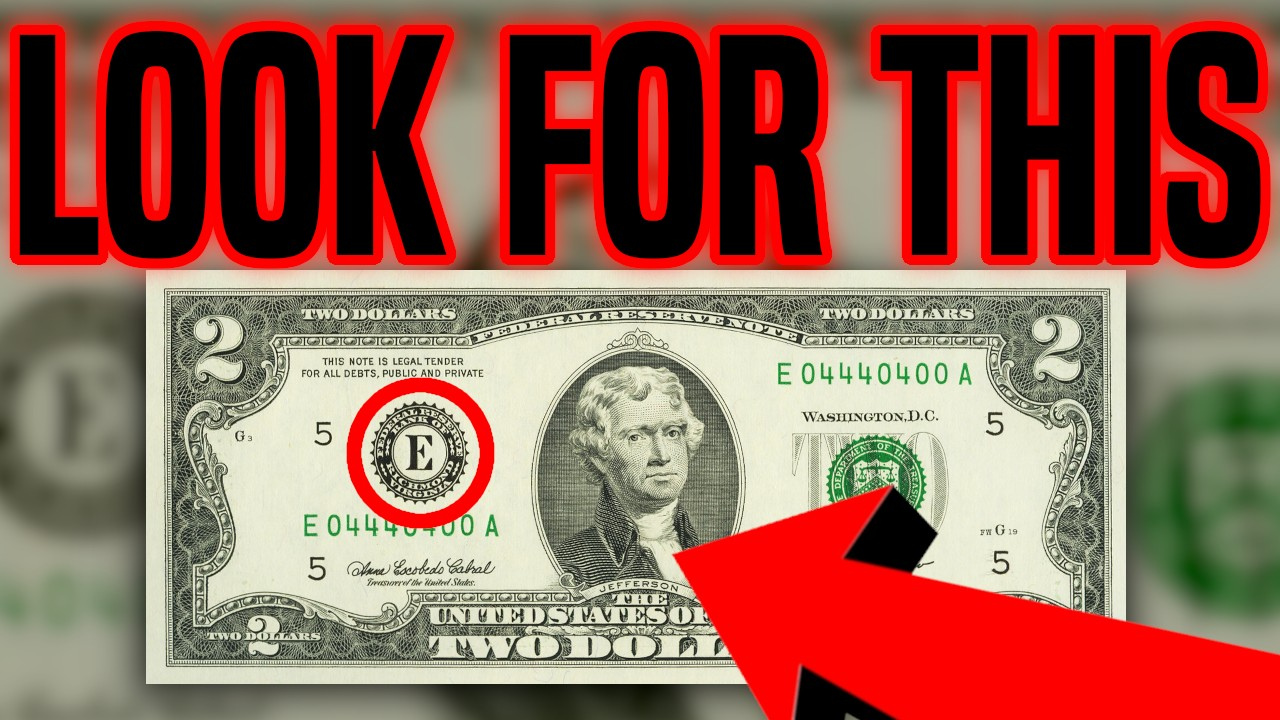Rare Bicentennial Quarter:The Bicentennial quarter is a unique 25-cent coin minted in 1976 to commemorate America’s 200th anniversary. This special quarter depicts both the year 1776 and 1976, with a colonial drummer boy and a torch with 13 stars on the reverse instead of the usual eagle. These elements symbolize the 13 original colonies and the American Revolution. Although millions of coins were minted, the price of some of the rarest versions has skyrocketed, with one reaching nearly $1 million.
Why Some Bicentennial Quarters Are So Valuable
Most Bicentennial quarters are worth just their face value of 25 cents. However, a few stand out because of their unique characteristics. Some were made of 40% silver, as opposed to the standard copper-nickel mix. Some have minting errors, such as double images or mismatched designs, or come from limited production. These rarity qualities make some quarters extremely valuable to collectors, with the rarest quarter being worth nearly $1 million.
How is this $1 million coin still in circulation
Surprisingly, some of these precious coins may still be in everyday use. People may have spent them at shops, vending machines or petrol pumps without realising their value. Since most people don’t check their loose change closely, these treasures could be hidden in wallets, coin jars or piggy banks, waiting to be discovered.
What Makes This Coin So Unique?
To the untrained eye, this rare Bicentennial coin looks like a common coin. But a few details set it apart. It may be made of 40% silver, making it shinier and heavier. Other signs include jagged edges, double shapes, or small casting errors. Usually only collectors or coin experts can spot these differences, but anyone can spot them if they examine carefully.
Can you find a coin without realizing it?
Absolutely! People have found many valuable coins while sifting through loose change. If you find a 1976 coin with a silvery sheen or a unique design, it’s worth taking a closer look. That ordinary coin in your pocket could be a hidden gem worth far more than 25 cents.
How to tell if your coin is rare
Start by looking at the date—it should say 1776–1976. Next, look for an “S” mint mark, which indicates it was made in San Francisco, as these are often more valuable, especially if they’re silver. Use a magnifying glass to look for mint errors like double designs or crisp edges. If you’re not sure, a local coin dealer can help evaluate your find.
Why Coin Collectors Love the Bicentennial Quarter
This quarter isn’t just for money—it’s a piece of American history. Its unique design and connection to the country’s 200th anniversary make it a collectors’ favorite. Because of their high value and historical significance, rare editions are especially coveted, turning an ordinary coin into a priceless keepsake.
The Value of Rare Coins Today
Rare coins like the million-dollar Bicentennial quarter remind us that even everyday objects can have incredible value. In the digital age, physical coins still fascinate collectors and historians. Checking your loose change could net you a small fortune.
Table: Key Features of the $1 Million Bicentennial Quarter
|
Feature |
Description |
|---|---|
|
Year |
1776–1976 (Bicentennial) |
|
Reverse Design |
Colonial drummer with torch and 13 stars |
|
Mint Mark |
“S” (San Francisco) |
|
Material |
40% Silver (Rare versions only) |
|
Special Qualities |
Minting errors, doubled images, clean edges |
|
Estimated Value |
Up to $1,000,000 |
FAQs
Q: What year should I look for on a rare quarter?
Ans: Look for 1776-1976, the date on the Bicentennial quarter.
Q: How can I tell if my quarter is silver?
Ans: Silver quarters are shinier, heavier, and may have an “S” mint mark.
Q: Is it really possible to find a quarter like this in circulation?
Ans: Yes, although these are rare, some are still available in loose change or vintage collections.
